Saigon cinnamon and Ceylon cinnamon are the two most common types of cinnamon, but they have critical differences in flavor, health risks, and best uses. Saigon cinnamon has high coumarin levels (up to 63 times more than Ceylon), which can be harmful to the liver with regular consumption, while Ceylon cinnamon is safer for daily use and has a milder flavor. Whether you're a seasoned chef or a home baker experimenting with spice blends, choosing the right cinnamon can make or break your dish.
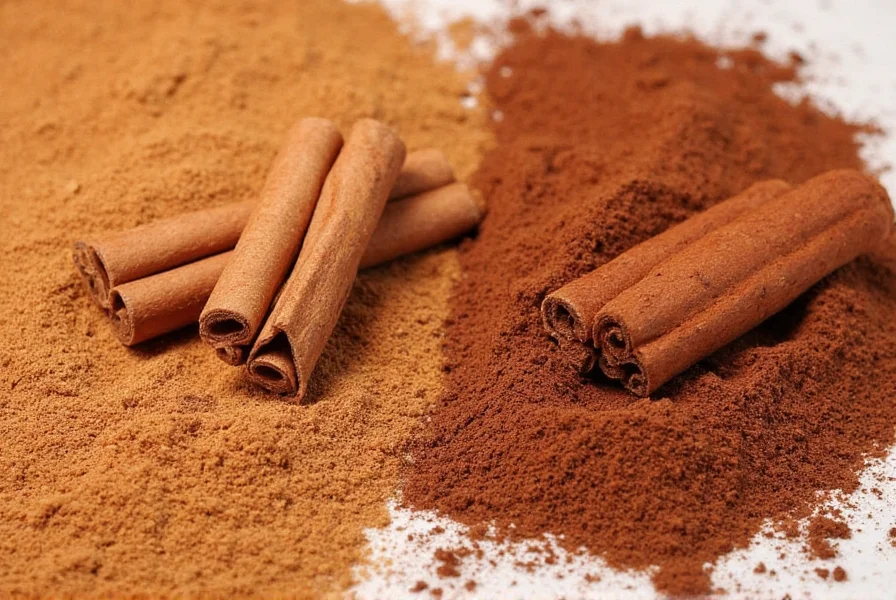
Table of Contents
- What Is Cinnamon, Anyway?
- Types of Cinnamon
- Saigon vs Ceylon: Side-by-Side
- Flavor Profiles and Culinary Uses
- Health Benefits
- Buying Guide
- Frequently Asked Questions
- Final Thoughts
What Is Cinnamon, Anyway?
Cinnamon is a beloved spice derived from the inner bark of trees from the Cinnamomum genus. Known for its warm, sweet aroma and complex flavor, it's been used for thousands of years across various cultures—not just in cooking, but also in medicine and religious ceremonies.
While there are over 300 types of cinnamon trees worldwide, only a few produce the kind of bark we commonly recognize as culinary cinnamon. The most notable among them? Saigon cinnamon (also known as Vietnamese cinnamon) and Ceylon cinnamon, which hails from Sri Lanka.
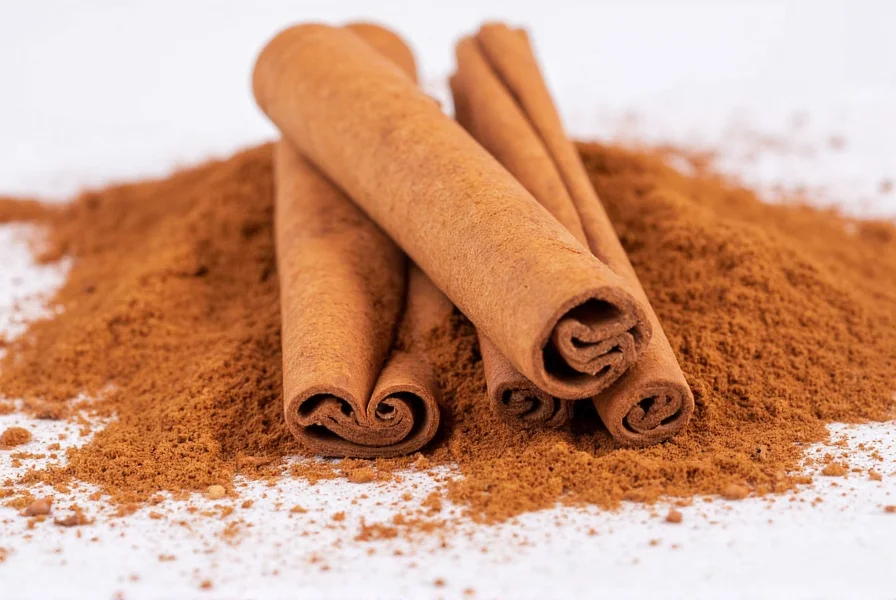
Types of Cinnamon: A Quick Overview
Before diving into the Saigon vs Ceylon showdown, let's briefly cover the main cinnamon categories:
- Cassia Cinnamon: Includes Chinese, Indonesian, and Saigon varieties. Stronger, spicier, and more affordable.
- Ceylon Cinnamon: Also called "true cinnamon." Milder, sweeter, and generally more expensive.
In the U.S., what's labeled as "cinnamon" is often Cassia—particularly Saigon or Chinese cinnamon. But if you're seeking a subtler, more refined experience, Ceylon might be your golden ticket.
Saigon Cinnamon vs Ceylon: Head-to-Head Comparison
| Feature | Saigon Cinnamon | Ceylon Cinnamon |
|---|---|---|
| Origin | Vietnam | Sri Lanka (formerly Ceylon) |
| Bark Thickness | Thicker, harder bark | Thin, papery layers |
| Color | Reddish-brown | Pale brown to tan |
| Texture | Rough and woody | Soft and delicate |
| Flavor Profile | Strong, spicy, sweet, with a clove-like kick | Mild, sweet, floral, subtle |
| Coumarin Content | High | Very low |
| Price | Affordable | Expensive |
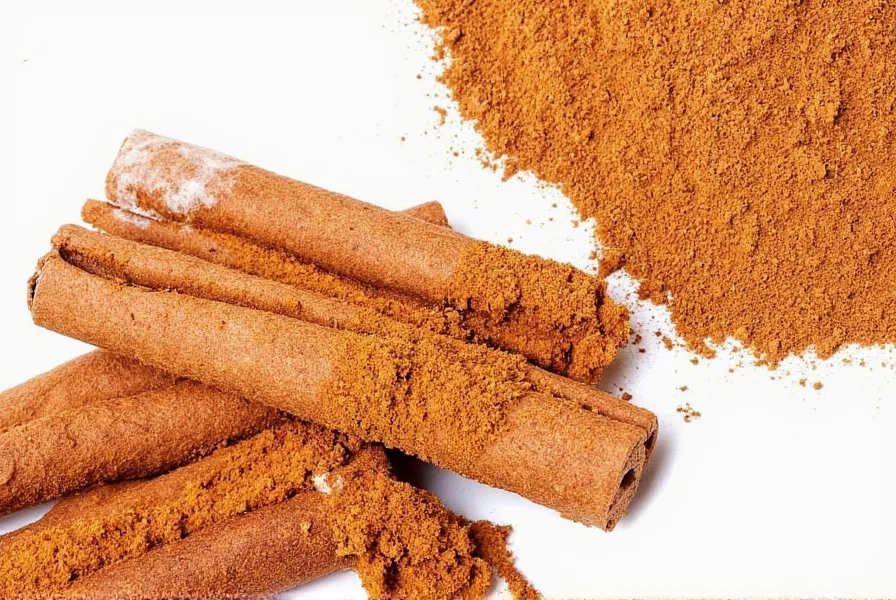
Flavor Profiles and Culinary Uses
The real difference between these two spices lies in their flavor intensity and application. Let's take a deeper dive:
Saigon Cinnamon: Bold and Intense
If you like your flavors punchy and assertive, Saigon cinnamon is your go-to. It's rich, aromatic, and slightly peppery with a lingering sweetness that builds on the palate. This makes it ideal for heartier dishes and baked goods where you want the spice to stand out.
- Best For: Apple pies, cinnamon rolls, chai tea, gingerbread, mulled wine
- Usage Tip: Use sparingly; a little goes a long way due to its potency.
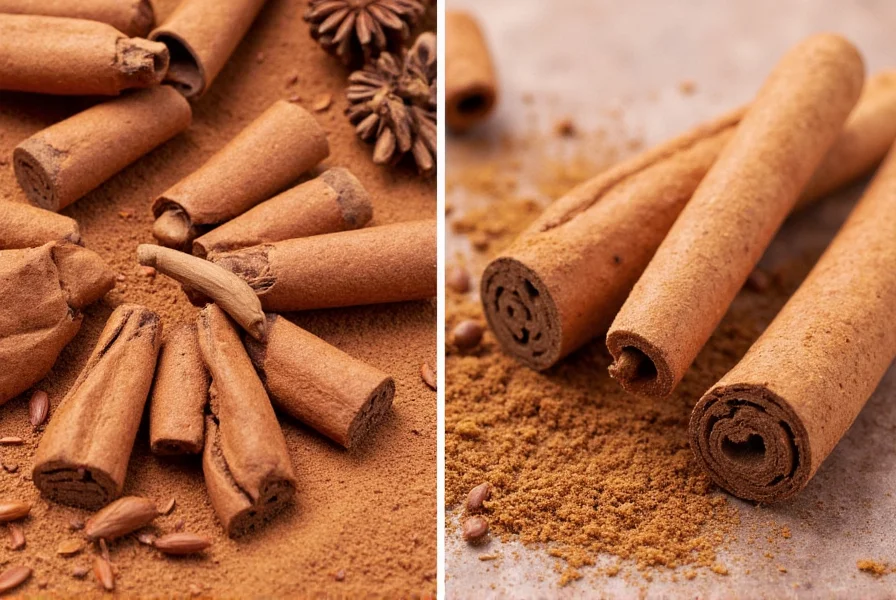
Ceylon Cinnamon: Delicate and Balanced
Ceylon offers a smoother, more nuanced experience. Its mellow warmth complements both sweet and savory dishes without overpowering other ingredients. It's often described as "cleaner" tasting than its Cassia counterparts.
- Best For: Rice puddings, custards, lamb tagines, French toast, spiced lattes
- Usage Tip: Perfect for recipes where subtlety is key or when using raw in drinks and desserts.
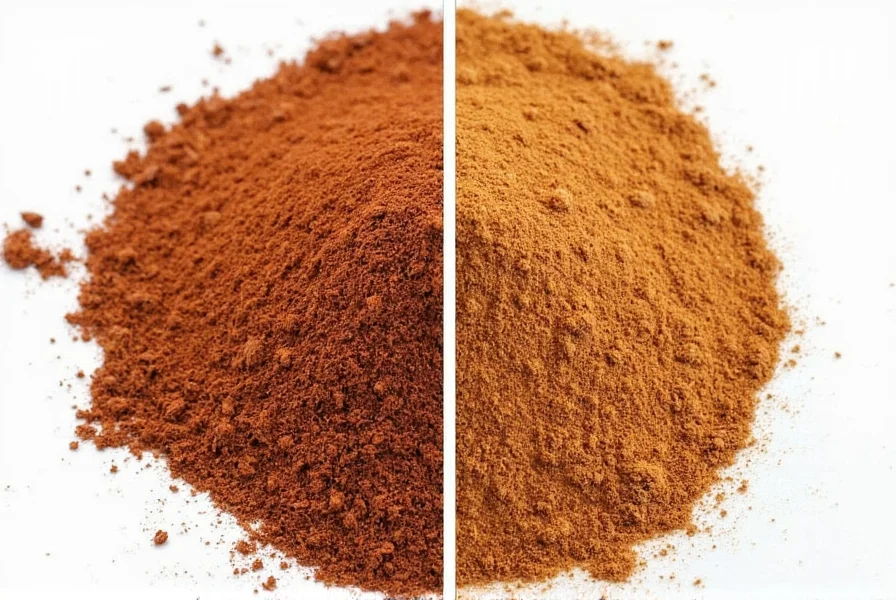
Health Benefits: Sweet Spice, Big Impact
Both Saigon and Ceylon cinnamon offer antioxidant, anti-inflammatory, and antimicrobial properties. However, there's a major health consideration to keep in mind: coumarin.
Coumarin is a natural compound found in many plants—including some types of cinnamon—that can be harmful in large doses. Long-term consumption of high levels may cause liver damage in sensitive individuals.
According to the European Food Safety Authority (EFSA), the maximum daily intake of coumarin should be 0.1 mg per kg of body weight. Saigon cinnamon contains up to 63 times more coumarin than Ceylon cinnamon, making it potentially risky for regular consumption.
- Saigon Cinnamon: Highest in coumarin. Limit intake if consuming regularly.
- Ceylon Cinnamon: Contains negligible amounts. Safer for daily use.
So if you're adding cinnamon to your morning smoothie or oatmeal every day, opting for Ceylon could be the healthier choice.
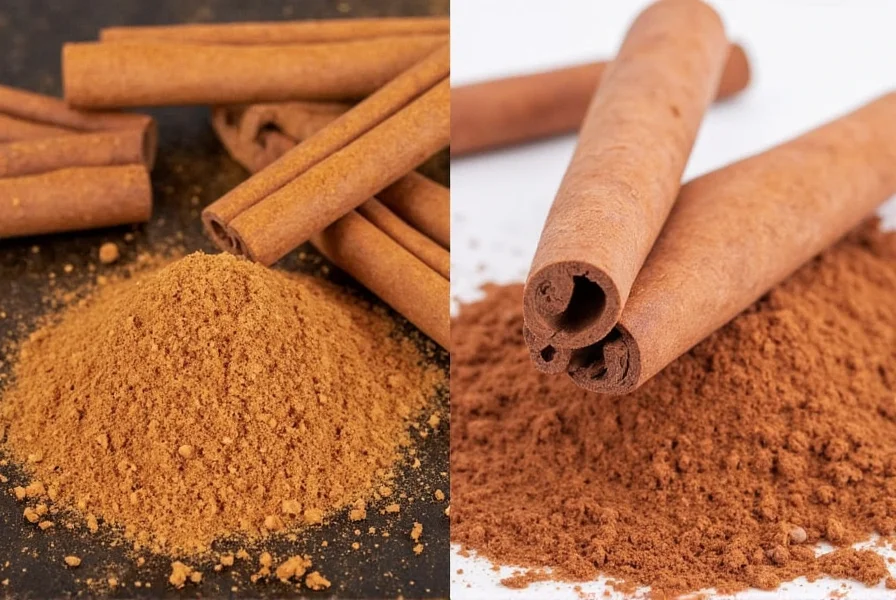
Buying Guide: How to Choose the Right Cinnamon
Now that you know the basics, here's how to pick the perfect cinnamon for your needs.
1. Know Your Source
- Saigon: Typically sold as whole quills or ground powder. Look for deep color and strong aroma.
- Ceylon: Often more expensive. Check labels carefully—many products mislabel Cassia as "Ceylon."
2. Whole Quill vs Ground Powder
- Whole quills: Last longer, infuse flavor slowly. Great for stews, poaching liquids, and cocktails.
- Ground: Easier to use in baking and seasoning. Store in an airtight container away from heat and light.
3. Organic vs Conventional
- Organic options are preferred for fewer pesticides and better sustainability practices.
4. Product Spotlight: Top Picks
- Saigon: Simply Organic Vietnamese Cinnamon
- Features: USDA Organic, sustainably sourced, robust flavor.
- Use Cases: Baking, spice blends, holiday beverages.
- Target Audience: Home bakers, spice lovers, coffee enthusiasts.
- Ceylon: Frontier Co-op Ceylon Cinnamon Sticks
- Features: 100% pure Ceylon, ethically sourced, low coumarin content.
- Use Cases: Teas, milk-based drinks, fine pastries, savory dishes.
- Target Audience: Health-conscious consumers, gourmet cooks, baristas.
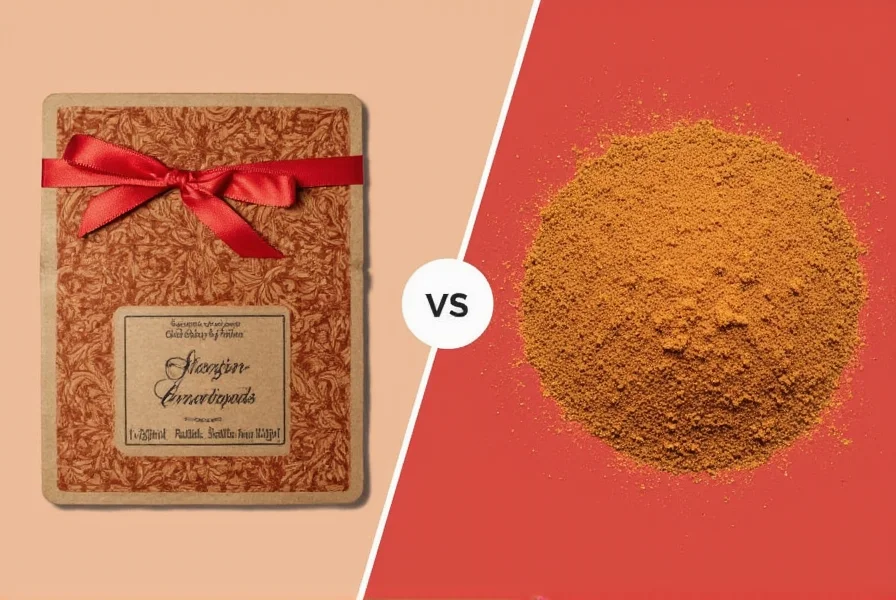
Frequently Asked Questions
What's the main difference between Saigon and Ceylon cinnamon?
The main difference lies in flavor intensity, coumarin content, and physical characteristics. Saigon cinnamon (a type of Cassia) has a bolder, spicier flavor with higher coumarin levels, while Ceylon cinnamon is milder, sweeter, and contains significantly less coumarin.
Is Saigon cinnamon the same as Cassia cinnamon?
Saigon cinnamon is a specific variety of Cassia cinnamon (Cinnamomum loureiroi), which also includes Chinese and Indonesian varieties. Saigon is generally considered the strongest and most aromatic of the Cassia types.
Why is Ceylon cinnamon called "true cinnamon"?
Ceylon cinnamon (Cinnamomum verum) is called "true cinnamon" because it's the original variety that was known in ancient Europe. The name comes from Ceylon (now Sri Lanka), where it was historically cultivated and exported to Europe.
Can I substitute Saigon cinnamon for Ceylon (or vice versa) in recipes?
You can substitute them, but you'll need to adjust quantities. Use about half as much Saigon cinnamon when substituting for Ceylon due to its stronger flavor. When substituting Ceylon for Saigon, you might need to use more to achieve similar intensity, but be careful not to overdo it.
How can I tell if I'm buying real Ceylon cinnamon?
Authentic Ceylon cinnamon has thin, tightly rolled layers that look like parchment paper, a light tan color, and a delicate, sweet aroma. Check for "Cinnamomum verum" on the label and purchase from reputable sources, as many products mislabel Cassia as Ceylon.
Is one type healthier than the other?
Both offer health benefits, but Ceylon cinnamon is generally considered safer for regular consumption due to its much lower coumarin content. If you consume cinnamon daily or in large amounts, Ceylon is the better choice for long-term health.
Does Saigon cinnamon really contain more coumarin?
Yes, Saigon cinnamon contains significantly higher levels of coumarin (up to 63 times more) compared to Ceylon cinnamon. The European Food Safety Authority recommends a maximum daily intake of 0.1 mg of coumarin per kg of body weight.
Which cinnamon is better for diabetes management?
Both types may help with blood sugar regulation, but Ceylon cinnamon is preferred for regular consumption due to its lower coumarin content. However, more research is needed to determine optimal types and dosages for diabetes management.
Final Thoughts: Which One Wins?
Choosing between Saigon cinnamon and Ceylon cinnamon isn't about picking a winner—it's about matching the right spice to the right recipe and lifestyle.
- Choose Saigon cinnamon if you want bold, powerful flavor and don't consume cinnamon daily.
- Go for Ceylon cinnamon if you prefer a mellow profile, cook delicately flavored dishes, or enjoy cinnamon daily.
Whichever type you reach for, remember that cinnamon is more than just a spice—it's a gateway to comfort, tradition, and a little bit of magic in every bite.
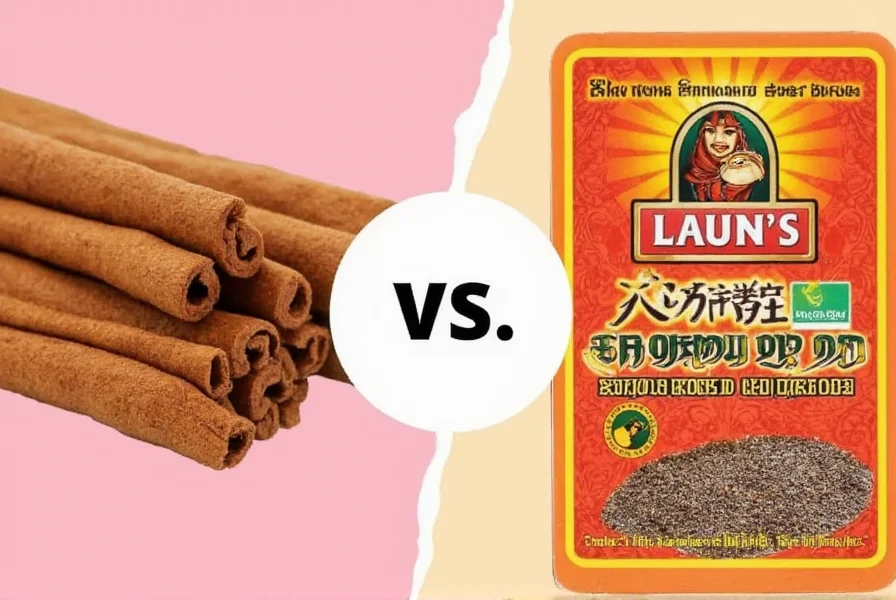
So next time you're standing in front of the spice rack, pause and ask yourself: Do I need a whisper or a roar?

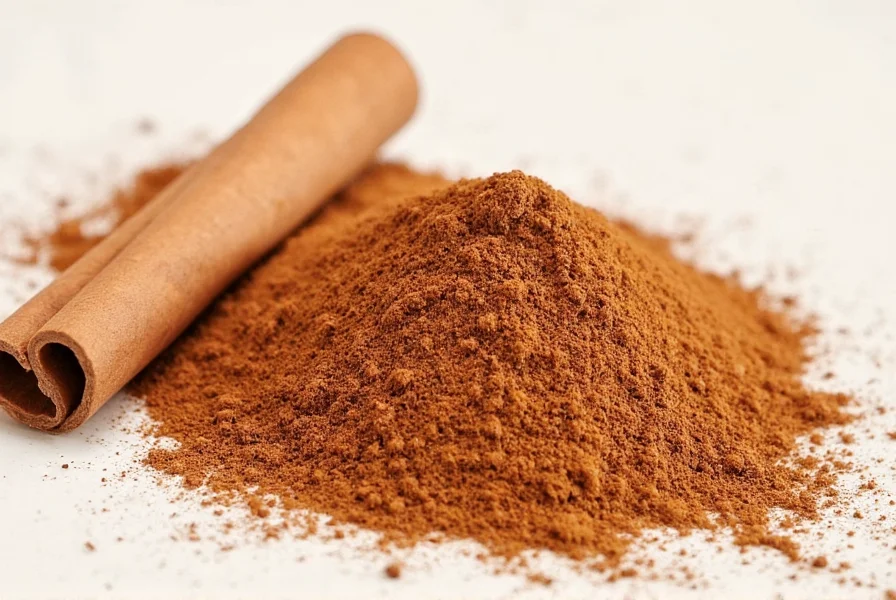









 浙公网安备
33010002000092号
浙公网安备
33010002000092号 浙B2-20120091-4
浙B2-20120091-4